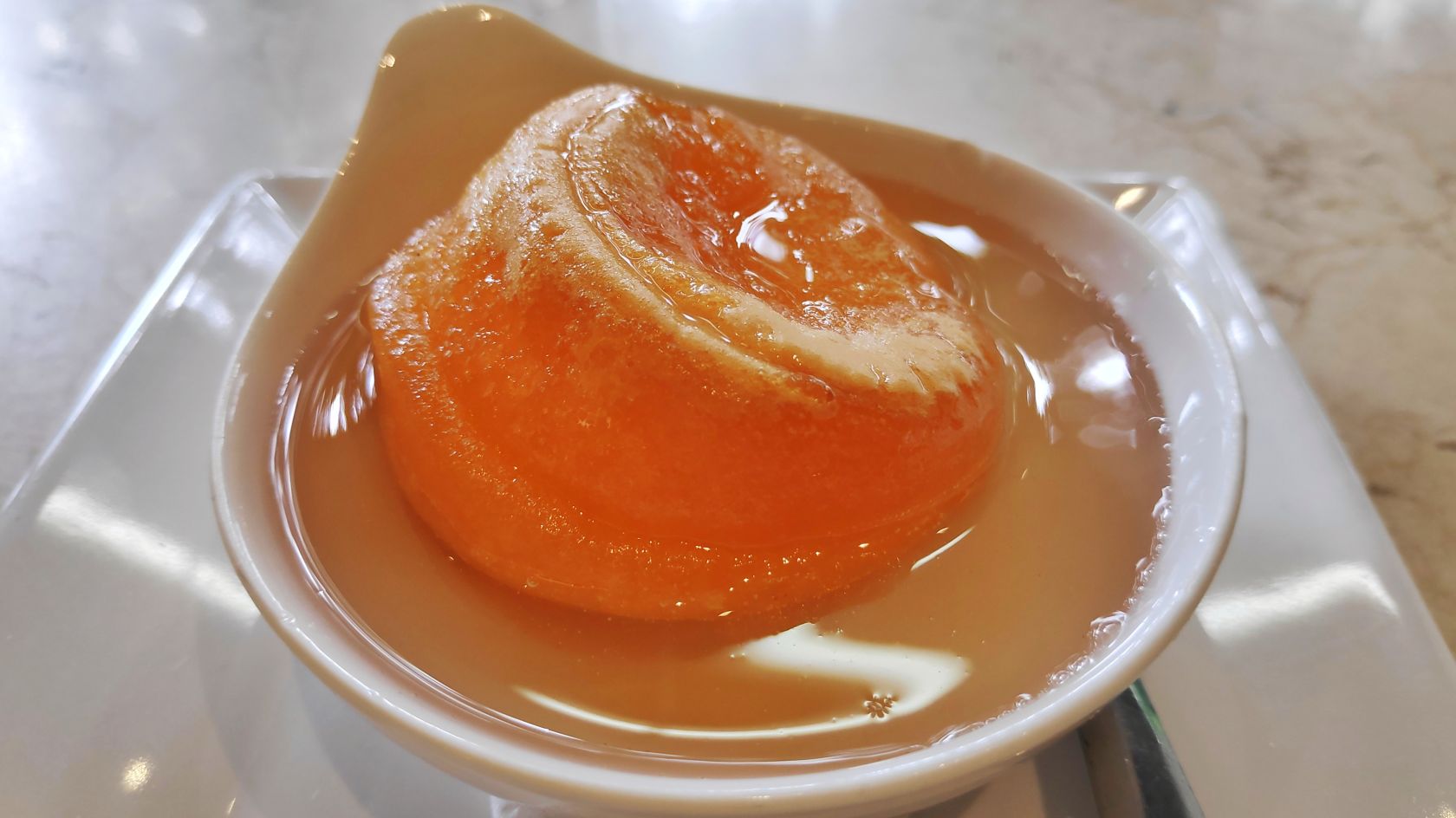Portuguese Conventual Sweets originated in Portuguese convents. Most of the sweets made use ingredients such as egg yolks and sugar, which shows that they may have arisen after the discovery of Brazil.
From the 16th century, after the discovery of Brazil, the Portuguese had easier access to sugar, which replaced the honey used in Portuguese recipes. From the 18th century until the 19th century, Portugal was one of the largest egg producers in Europe, with convents being the place where production took place. However, customers only asked for the whites of the eggs, leaving the yolks in the convents. The egg whites were used to make wine and even to facilitate the ironing of clothes, particularly the habits of members of religious orders or the dresses of the nobility.
There was a massive waste of egg yolks, that sometimes was used to feed animals, given that nuns spent their free time finding ways to use the yolks and avoid wasting food.
In the 18th century, the religious orders began to be dismantled, therefore losing the privileges they had until then, thus it was mandatory to find a source of livelihood. In many cases, it was sweets that sustained some convents.
Pudim de Abade Priscos
Typical of Braga, in the north of mainland Portugal, Pudim de Abade de Priscos became famous when the Abbot of Priscos taught the recipe to Pereira Júnior, headmaster of a Bragas’ school.
The recipe includes ingredients such as sugar, egg yolks, Port wine, and even ham bacon, preferably quite fatty, from Chaves or even Melgaço. As with many Conventual Sweets, it is necessary to make a sugar syrup, which must be carefully mixed with the egg yolks.

Papo de Anjo
The delicacy was probably invented in the Douro Litoral and is served with sugar syrup. Cooked with egg yolks and sugar, egg whites can be used in small quantities and beaten to a stiff peak. After the first cooking, in small round shapes, the Papos de Anjo are cooked in a sugar syrup flavoured with orange peel and, if desired, rum.

Doce Fino
Traditionally from the Algarve, Doce Fino catches everyone's attention with its peculiar colours and shapes. Although the exact origin of Doce Fino is unknown, it is estimated that it may have conventual origins, but with some Arabic influences, as is common in the Algarve.
Made with almond paste, a fruit that is abundant in the region, and filled with egg yolks, like strands, Doce Fino are usually shaped like vegetables, fruit, and even motifs linked to the sea, such as fish and shellfish.
Brisas do Lis
Original from Leiria, the Brisas do Lis are believed to have originated the Brazilian Quindim, which instead of using almonds in the recipe, is made with coconut.
Several stories try to tell the origin of Brisas do Lis. Although the convent origin of the sweet is believed, the popularisation of the delicacy is linked to a friendship between two women who lived in Angola.
The Café Colonial became the business of Maria do Céu Lopes and Georgina Santos, where they sold Brisas do Lis, which were quickly replicated by other confectioners, who never had access to the secret recipe for Brisas do Lis.

Sericaia
The word Sericaia has Malaysian origins, as the recipe was brought from Asia to the convents in Alentejo, specifically in Elvas and Vila Viçosa. The Alentejo recipe was adapted and the Malaysian ingredients were replaced with eggs, milk, flour, and cinnamon. The delicacy must be cooked at extremely high temperatures to ensure that the famous cracks are created on the top of the Siricaia. After cooking, it is covered with cinnamon and served with Elvas plums, pleasing any palate.

Much more to taste
It is hard to find a Portuguese town that does not have a delicacy based on egg yolks, sugar, and perhaps cinnamon. All over the country, you can find sweets that, despite having the same base, are all quite different from one another.
Currently, the Deputy Editor at The Portugal News, Bruno G. Santos, is really interested in national politics. With a degree in Journalism and Communication, he also loves to write about different topics like Portuguese culture, society and other current affairs. Press card: 8463.
















Very interesting story. When visiting Portugal, I would go into a coffee shop for a bica and then have a very difficult time deciding what sweet to have with it. Not only being amazed at the large variety available, but also wondering how they had ever come up with so many recipes.
By William from Other on 13 Apr 2024, 20:03